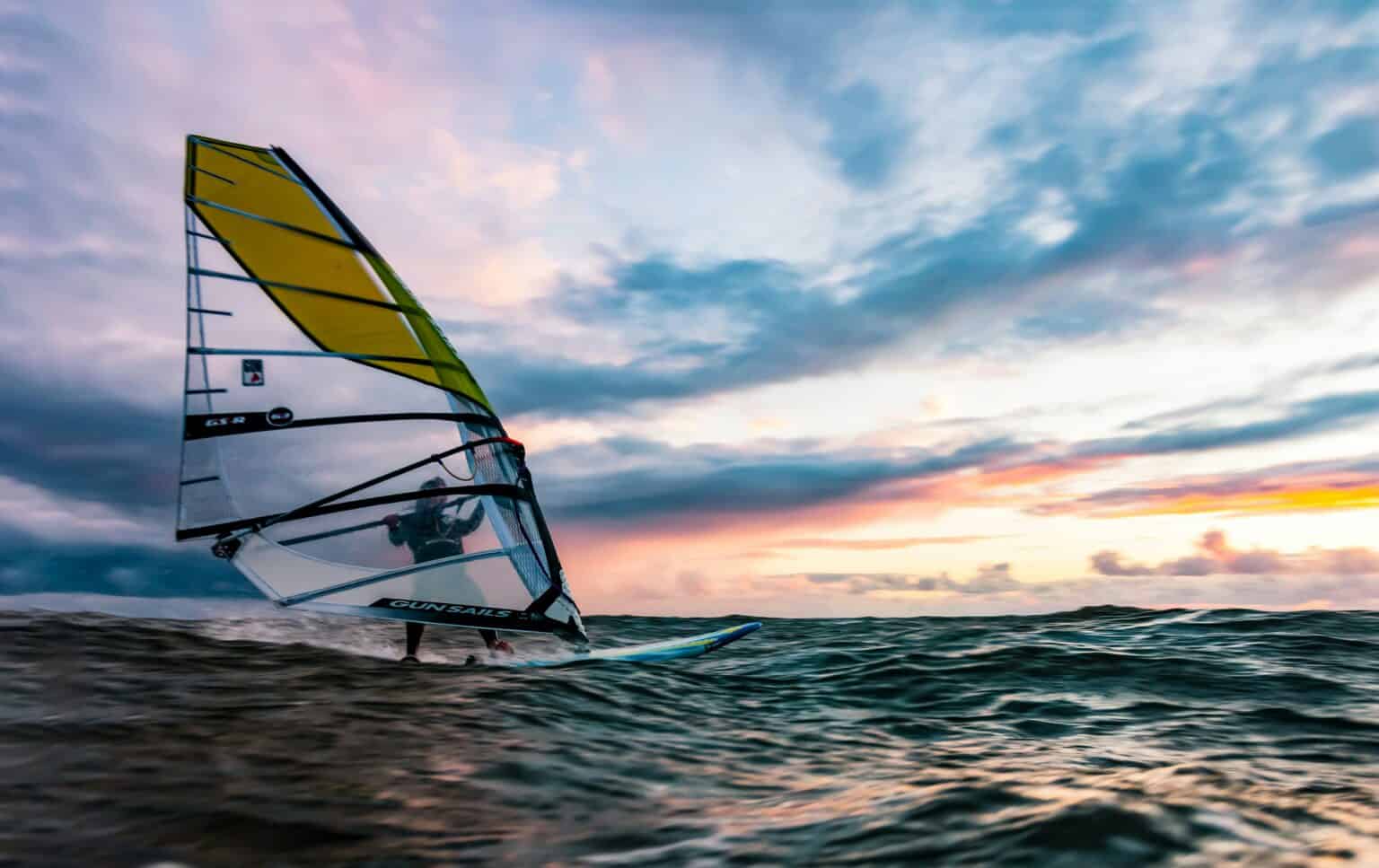Birdlife, beaches, brilliant windsurfing
Find a taste of the Caribbean just 30 miles off the Cornish coast
Cornwall’s answer to the Caribbean, the Isles of Scilly are a hop, skip and jump away. Only 30 miles off the Cornish coast, these islands offer a slower pace of life. All set among deserted vanilla-white beaches, rugged landscapes and friendly locals.
Made up of 140 small islands, this archipelago is a haven for wildlife. Only 5 of the islands are inhabited: St Mary’s, St Martin’s, St Agnes, Tresco and Bryher. All are reached within three hours by ferry or 15 minutes by plane. This makes them perfectly positioned for an island-hopping holiday.
Best time to visit
The Isles of Scilly have a mild climate and frost is rare even in winter. Though every photo you may see is blazing sunshine, this isn’t always the case. The reality is that the weather can be fickle, like everywhere else in the UK. Yet bad weather passes quickly. Spring is bursting with buttercups and wild garlic and is great for long walks. July and August are the busiest months due to the more reliable sunshine. Yet the beaches will still be much quieter than any in Cornwall. September still tends to be pleasant and sunny but with fewer visitors. October sees the islands popular with birdwatchers. During the winter months, many restaurants and hotels close down until early April.
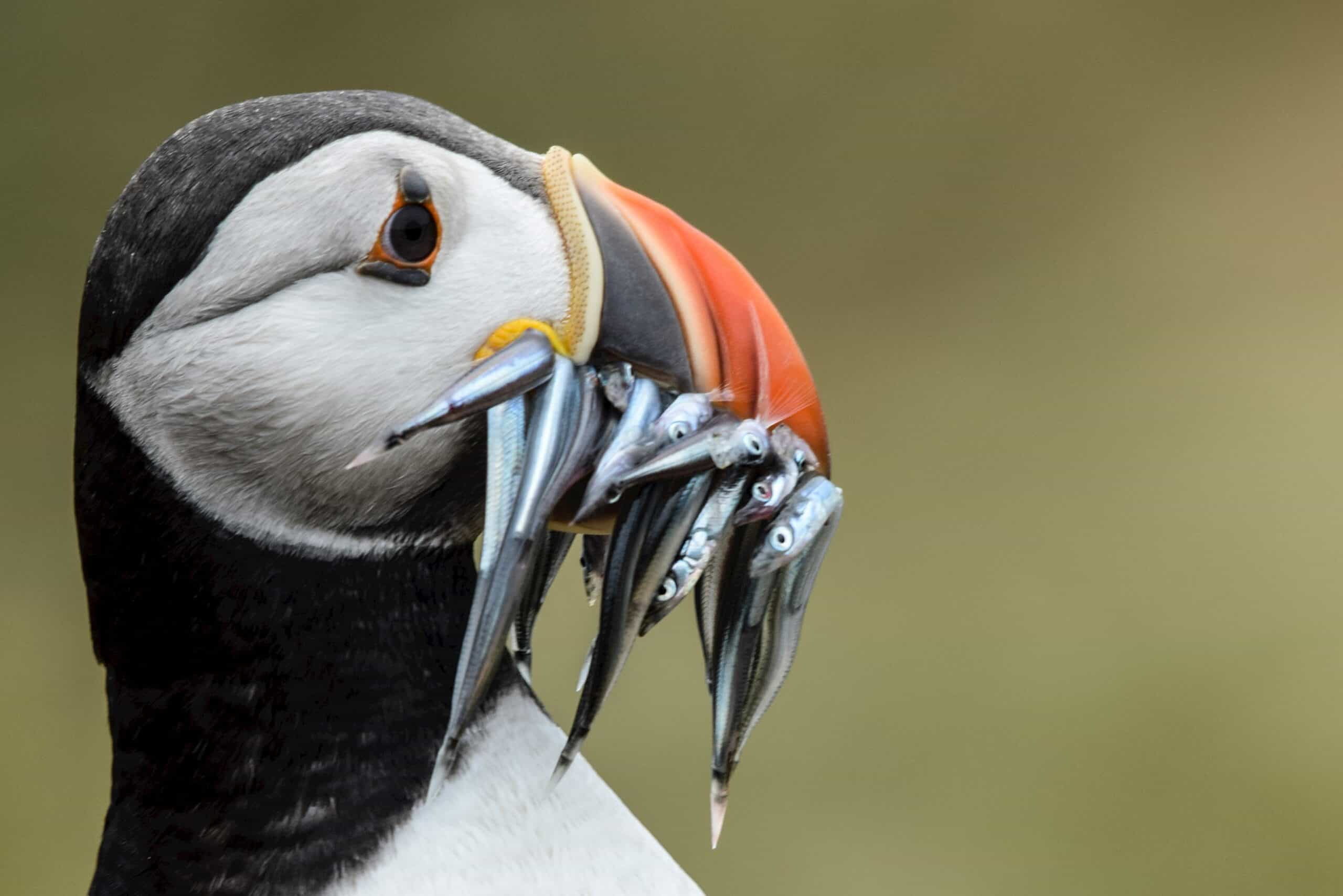
How to get there
Fly from Exeter, Newquay or Land’s End with Skybus, the Scilly’s own airline. Be aware that this is a small 19-seater plane so if you have a fear of small planes, this may not be for you.
By ferry. Take the Scillonian Ferry from Penzance to St Mary’s. It is a 2-hour 45-minute journey with an onboard cafe and is pet-friendly.
Helicopter. Yes, this is an option too. Fly from Penzance to St Mary’s in 15 minutes.
Getting around
There are no buses and you cannot rent a car. So getting around on the islands is either by rented bike, on foot or electric golf buggy on St Mary’s.
St Mary’s
The largest of the islands at a whopping 2.5 miles wide, St Mary’s will be your first port of call as this is, well … where the ferry port is. It is also home to the only airport if you arrive by plane from Lands End, Newquay or Exeter. The majority of Scillonians live on this island and it is the only island that has cars. You cannot take your own car to the Isles of Scilly as the cars on St Mary’s are residents’ cars. All other inhabited islands have almost no vehicles other than farm vehicles. The best way to get around St Mary’s is by taxi, renting a bike or even hiring a golf cart!
Potter around the capital of Hugh Town, visit the museum and rummage around the cooperative and local artists’ galleries of Phoenix Studios and Tamarisk Gallery. Head to the beaches of Bar Point and Pelistry to fill your lungs with that good old salty air. The islands are low-lying and have very few high buildings, so the views are blue skies, blue seas and more blue skies.
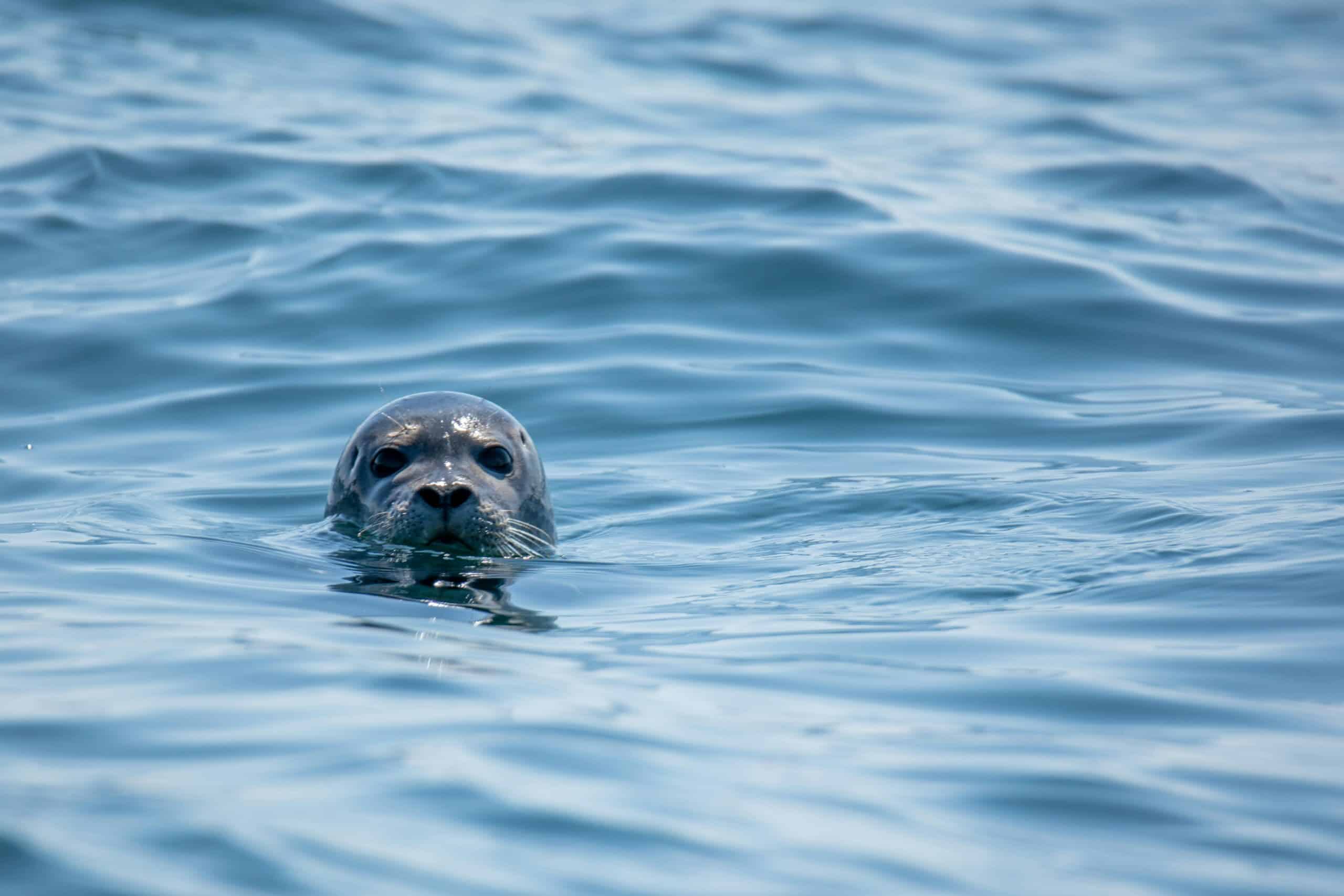
St Martin’s
The most northern of the inhabited islands is known for its miles of gorgeous white sandy beaches. Hire a kayak, explore the coast from Great Bay to Wine Cove and take in the iridescent seas and abundant wildlife. Snorkel with Atlantic grey seals around the Eastern Isles. They will definitely get close to you as they are extraordinarily curious. The island has a community observatory too, which hosts two resident telescopes. St Martin’s boasts 5 dark sky sites, so you can rest assured that the stargazing will be spectacular. Furthermore, the islanders are famous for their flower growing. See this first hand at Churchtown Farm, where they grow 20 acres of narcissi in the winter and scented pinks in the summer.
The island only has one real road, so much is done on foot. You can walk the entire coast in 2-2.5 hours as it’s a distance of about 9.2km and quite an easy walk.
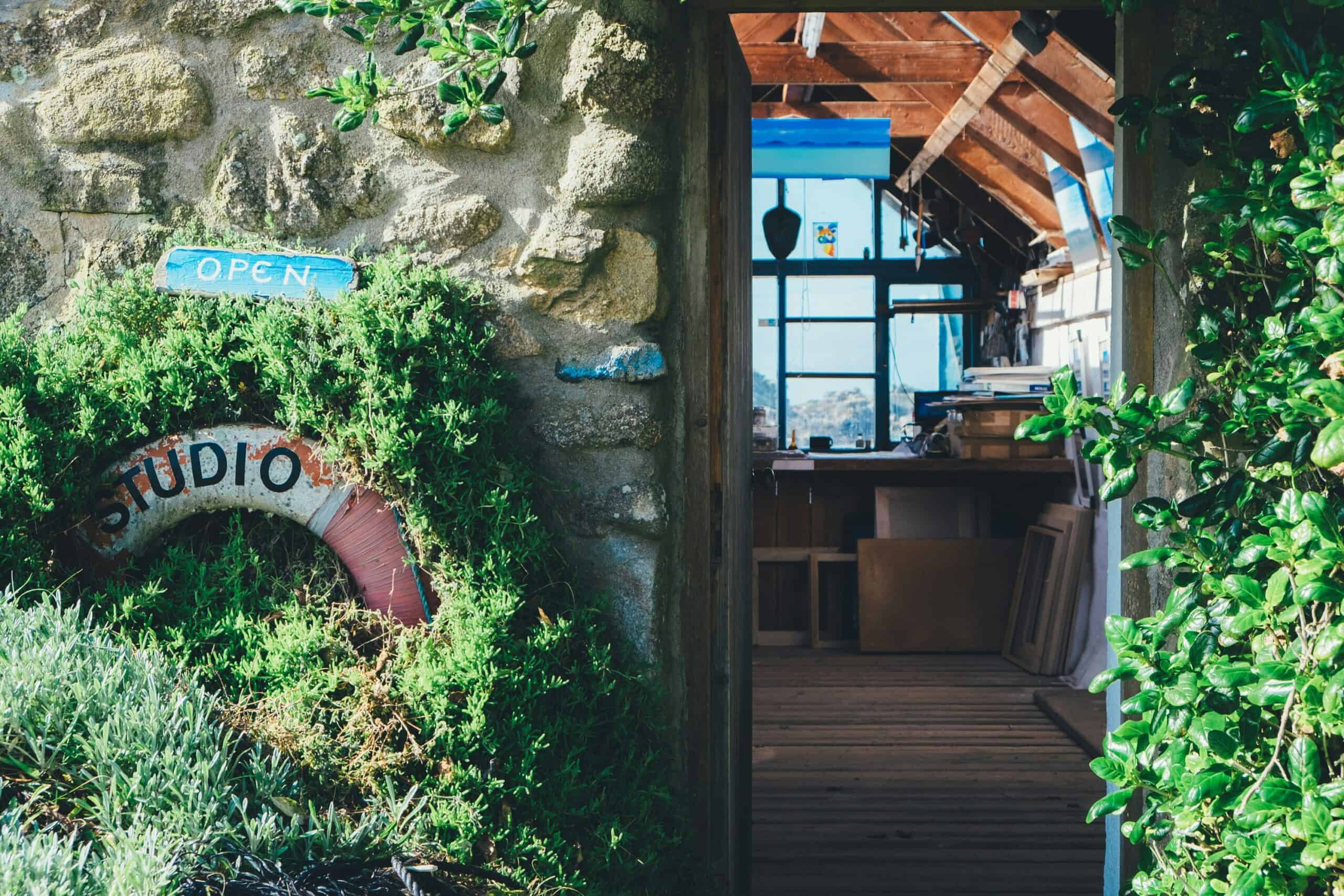
St Agnes
Located on the south-west edge of the archipelago and feels the most wild and isolated, St Ag is perfect if you want to get away from it all. The compact island is easy to walk around in a little over an hour, via a 5.3km coastal trail. This island is all about Caribbean-style beaches, heathlands, birdlife and Bronze Age burial sites. Connected to the tiny island of Gugh by a sand bar which is only accessible at low tide. Beyond that lies nothing but shipwrecks and the Atlantic Ocean.
Make your way across what locals call ‘the Bar’ at low tide to Gugh and spend a few blissful hours alone. Visit the Neolithic grave Obadiah’s Barrow on the small isle. If you prefer something more sedate, book a wildlife boat safari with the Wildlife Trust. Finish your day with a visit to the island’s hall for local crafts such as jewellery, pottery and paintings.
Tresco
The most well-groomed of the islands and the second largest. It attracts visitors with its jaw-dropping beaches such as Pentle and Appletree Bays. Cowrie shells cover the beaches and the sea is the colour of Paraiba Tourmaline. Tresco is also famous for its subtropical botanical gardens at Tresco Abbey Garden, planted in the ruins of a Benedictine priory. Collected from New Zealand, South Africa, South America and Australia, the 20,000 plant species are worth a visit. Many of which cannot survive anywhere else in the UK. You can also spot red squirrels hopping between branches after being introduced in 2013. Explore the Valhalla Museum in the Abbey Gardens. It houses a unique collection of figureheads salvaged from the islands’ shipwrecks.
Trek along the rugged north and discover castle remains at Cromwell’s Castle, King Charles Castle and the Blockhouse Castle at Old Grimsby.
Again, this island has no cars, so hire a bike to explore inland or a kayak for the coast. If you’re feeling a bit more active, why not try windsurfing?
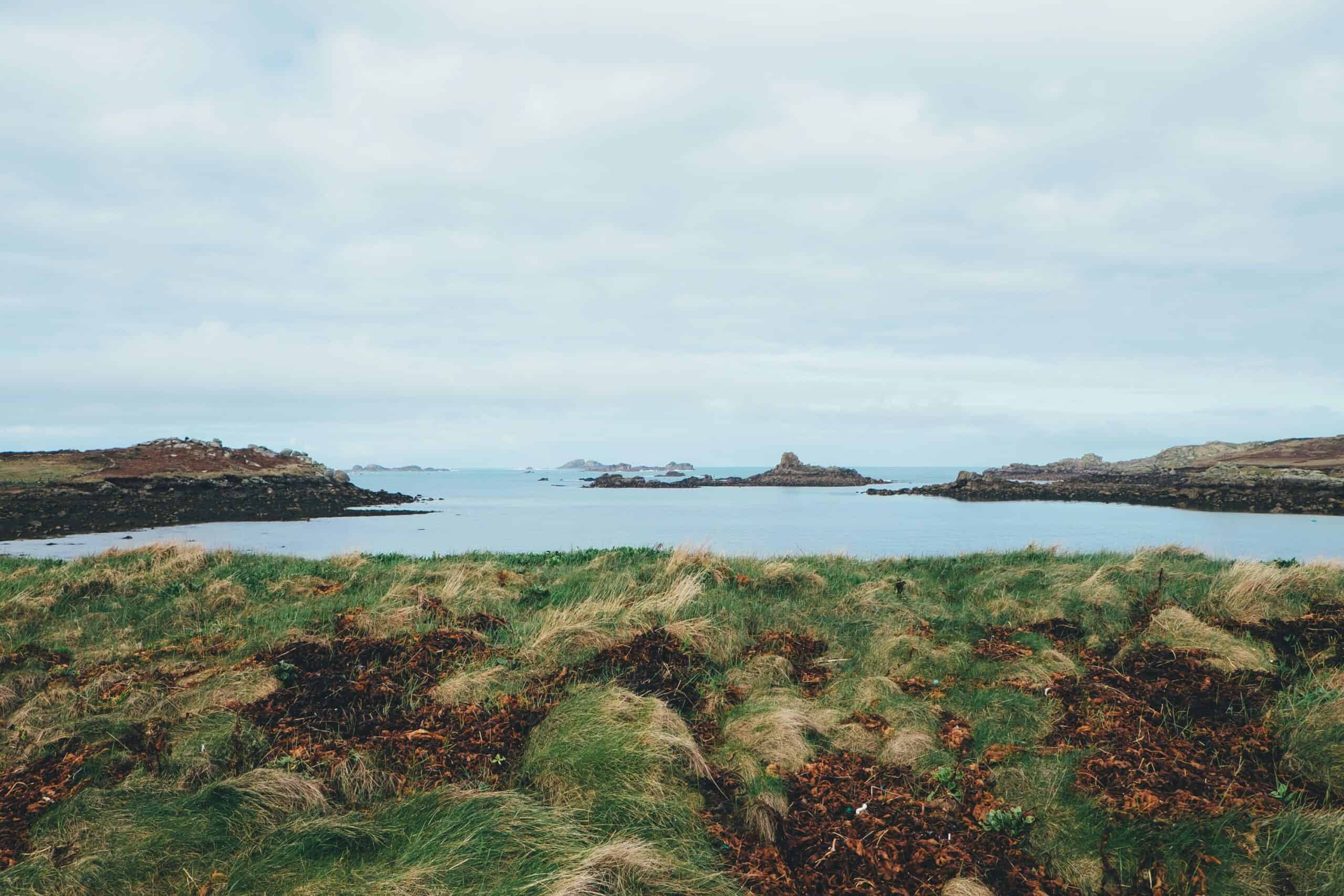
Bryher
This islet is one and a half miles long by half a mile wide. But what it lacks in length and width, it makes up for in height. The word Bryher derives from the Cornish word Breyer, meaning “place of hills”. Bryher boasts 7 hills, none of which are over 42 metres, yet still the tallest of the islands. An island of contrasts, with Atlantic waves crashing on one side and calm sandy beaches along the other. Take the north and west coastal path which passes Hell Bay with its thunderous waves and feel the land vibrate beneath you. Then cross to the opposite side of Bryher, to Rushy Bay and have the water gently lap your feet.
The island is crisscrossed by small tracks and dotted with unmanned stalls. Each is filled with home-grown vegetables, freshly laid eggs and local fudge. There’s an honesty box for payment, harking back to a more innocent and trusting time.
The Isles of Scilly, above all else, are a place of escapism. So leave your phone behind, turn off the WiFi and remember how to relax.
